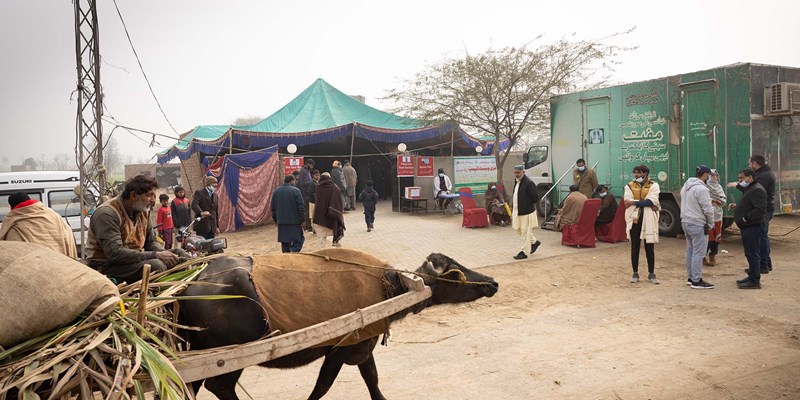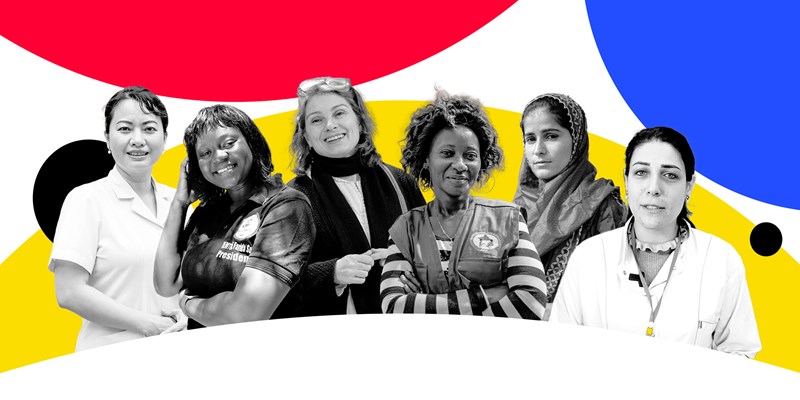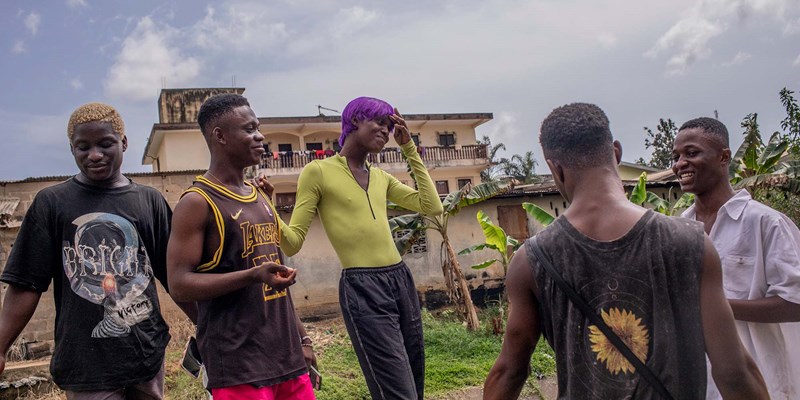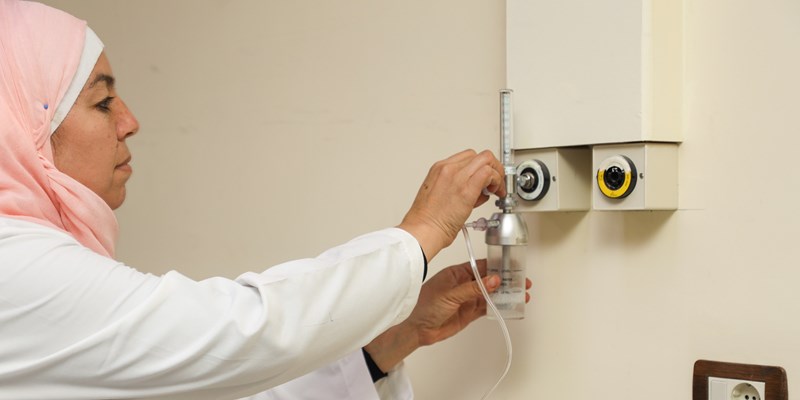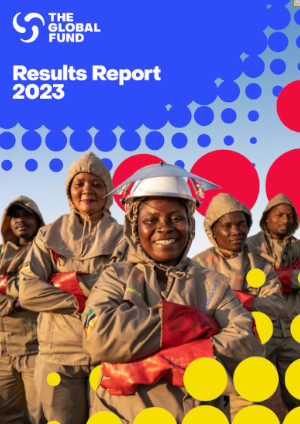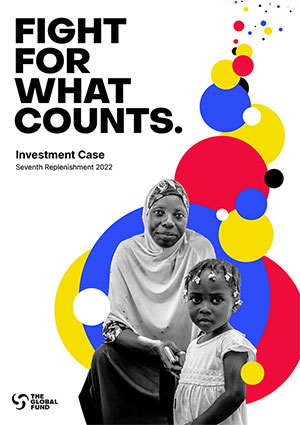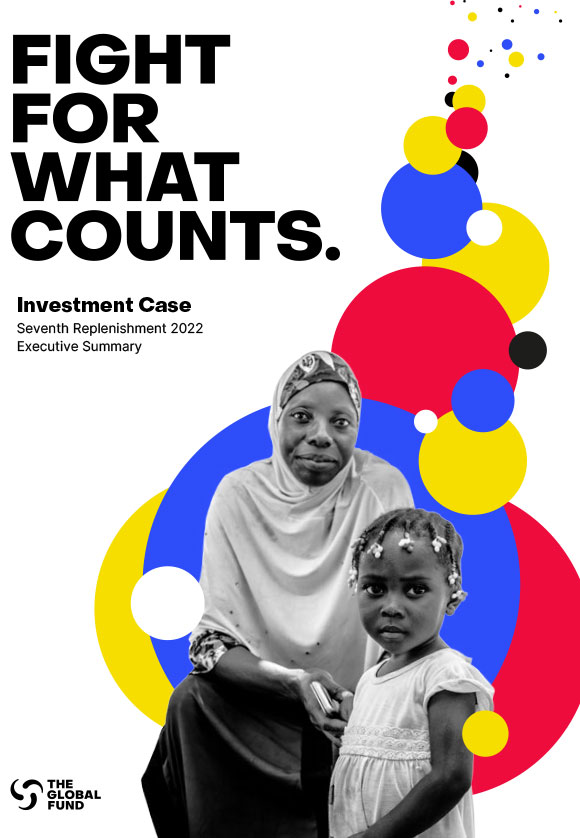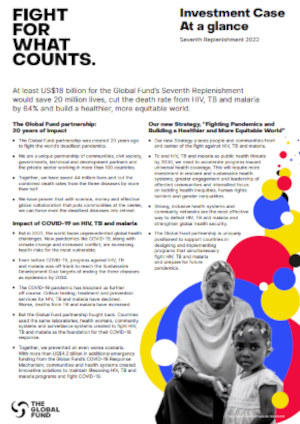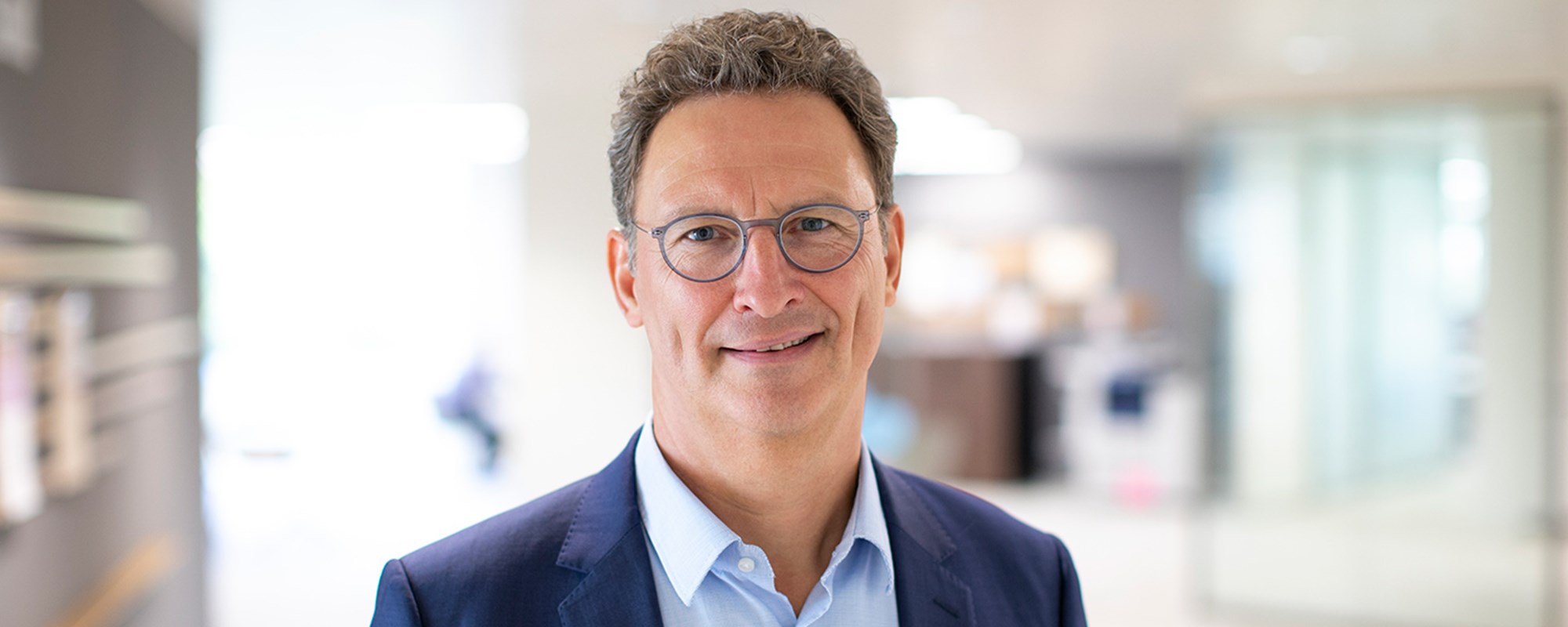

How We Can Secure the Broadest Access to Quality-Assured and Affordable Medicines to Defeat HIV
Since its inception in 2002, the Global Fund has saved 32 million lives! This tremendous figure is the result of efforts by a wide array of actors comprising the Global Fund partnership, including implementer governments, multilateral agencies, bilateral partners, civil society, people affected by the diseases, and the private sector.
In the fight against epidemics, improved access to treatment may be the keystone. Stock-outs, poor-quality medicines and insufficient supplies of medical products put lives at risk, which is why nearly half of Global Fund investments in health programs goes to procure and manage quality-assured medicines and health products. In 2017, that amounted to about US$2 billion. Overall, Global Fund procurement spending accounts for 10% of the global public health market.
Global Fund procurement and supply chain specialists focus efforts on three essential services. First, we negotiate long-term agreements with our suppliers to ensure continuous availability and affordability of quality-assured medicines and health products. Second, through our online purchasing platform, Wambo.org, we give our partners in implementing countries the opportunity to access and sign long-term agreements, so they can access quality medicines and minimize the potential risk of buying drugs locally. In 2018, we signed multiyear framework agreements with suppliers of HIV medication that will save US$324 million by the end of 2021 and secure the supply of lifesaving drugs for over 4 million people. Finally, we work with implementing countries to optimize the efficiency of their supply chain, so medicines effectively reach the patient. I firmly believe supply chains in healthcare must be agile and 100% patient-driven.
To enable better access to key medicines and technologies everywhere, we have designed the Pooled Procurement Mechanism, a tool that aggregates order volumes on behalf of participating grantees to negotiate prices and delivery conditions with manufacturers. Health products available through the mechanism include antiretroviral drugs, antimalarial medicines, long-lasting insecticidal nets, essential medicines used in HIV programs and condoms, viral load tests and rapid diagnostic tests. In 2018, savings achieved through our Pooled Procurement Mechanism amounted to US$175 million, expanding the ability of partners to achieve greater value for money that can, in turn, be invested to save more lives. On-time and in-full deliveries remained high at 83%, which has significantly contributed to decreasing reports of stock-outs.
Not only did we make progress in our procurement and supply approach, we also made significant progress in reducing prices for key medicines and health equipment. In 2000, a one-year supply of antiretroviral treatment cost more than US$10,000; now the figure is as low as US$69 per year. Generic competition through public health licensing of patented products has been a game changer, especially for HIV. With the help of partners like the MPP, the Global Fund has accelerated access to key new products in the countries it supports, putting 18.9 million people on antiretroviral therapy for HIV in 2018, and providing more than 83% of HIV-positive mothers with ARV therapy to keep them alive and prevent transmission of the virus to their babies, up from just 1% in 2000.
Looking forward, our ambition over the next three years is to help save 16 million more lives, cut the mortality rate for the three diseases in half, and build stronger health systems. This path is made of tough challenges but also genuine opportunities. We will need to ensure continued savings in medical commodity prices, enhance security of supply for key medical products, work with partners like the Global Drug Facility, USAID and the MPP to boost voluntary licensing and patent pooling, support innovation to enable introduction and expansion of cost-effective health technologies and better formulations, and open Global Fund resources such as our digital purchasing platform to countries conducting their own procurement.
A version of this piece also appeared in Medicines Patent Pool’s website
